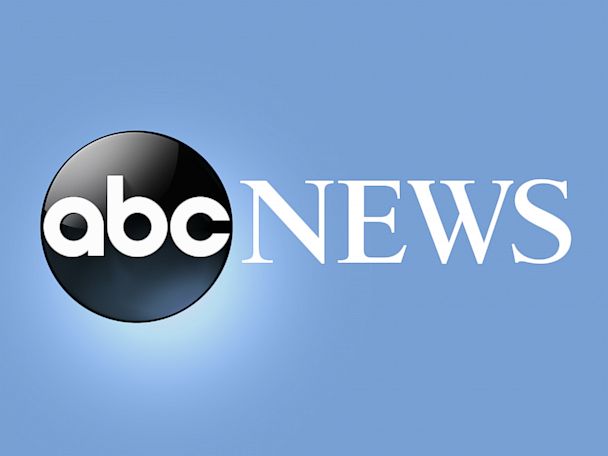






Iowa’s coronavirus website has made the pandemic look less severe than it is because of a software error that artificially lowers the number of new confirmed cases
IOWA CITY, Iowa — A state agency says it is working to fix a data error on Iowa’s coronavirus website that artificially lowers the number of new confirmed cases and therefore downplays the severity of the current outbreak.
The glitch means the Iowa Department of Public Health has inadvertently been reporting fewer new infections and a smaller percentage of daily positive tests than is truly the case, according to Dana Jones, an Iowa City nurse practitioner who uncovered the problem.
Potentially thousands of coronavirus infections from recent weeks and months have instead been erroneously recorded as having happened in March, April, May and June, Jones said Monday.
“It’s just horrifying. We have no idea what’s going on, really,” said Jones. “I don’t know how much this changes the positivity rate but it is lower on the site than it truly is in reality.”
The numbers are skewed because some people tested negative earlier but recently tested positive. Iowa’s system has been recording their new positive results as having happened on the date when their original negative results were reported.
An Iowa Department of Public Health official acknowledged the glitch in an email to Jones Friday. He said a system-generated date on which test results were reported to the state stayed the same when an individual later tested positive.
“We recognize this is a problem and have been working on logic to handle it,” wrote Rob Ramaekers, the lead epidemiologist in the department’s surveillance unit. He added: “A similar situation is happening with the percent positive calculation. We have raised the issue and are actively working on fixing it.”
Iowa’s overall number of more than 52,600 who have tested positive since March is not affected — a per capita rate that is 17th highest among states and the highest in the Midwest, according to Johns Hopkins University. But the current curve looks flatter than it should and the recent rates of positive tests are lower than they should be, Jones said.
School districts are relying on a 14-day positivity rate calculated by the state to determine whether they should reopen classrooms to students and teachers. Gov. Kim Reynolds has ordered schools to provide at least 50% in-person instruction as long as the local positivity rate is below 15% — a threshold three to five times higher than many public health experts say is safe. So far, only a handful of districts meet that threshold.
Many districts had been considering starting the year with only virtual classes because of safety concerns tied to the pandemic, but the new mandate has encouraged them to adopt hybrid plans in which students attend in-person classes part-time. Some districts have pushed back their start dates to early September and are still deciding how to proceed.
Mike Beranek, the president of the Iowa State Education Association, a union representing teachers, said Monday that school districts should put their reopening decisions on hold until the data is fully corrected.
Jones tracked the case counts released by the state daily, and was baffled in recent weeks when cases from March, April and other earlier dates were routinely added without explanation. She believes thousands of cases may have been wrongly dated.
Amy McCoy, a spokeswoman for the public health department, said she hoped to have more information about the issue soon.
The number of reported coronavirus deaths in Iowa stood at 979 on Monday, and could exceed 1,000 this week. The number of coronavirus patients hospitalized statewide, 283, is at its highest level since June 5.
Eli Perencevich, a top infectious disease researcher at the University of Iowa, said the state’s target for reopening schools is dangerously high to begin with, and the data errors only make the situation worse. He said the state’s case count was already artificially low because it excludes the results of antigen tests that some local hospitals use.
“There are a lot of small things like this that are adding up to huge things, where we are massively underestimating the cases in the state,” he said. “Both of those should be announced and corrected and cleared up immediately. There should be full accountability for this data because everyone is relying on this.”

